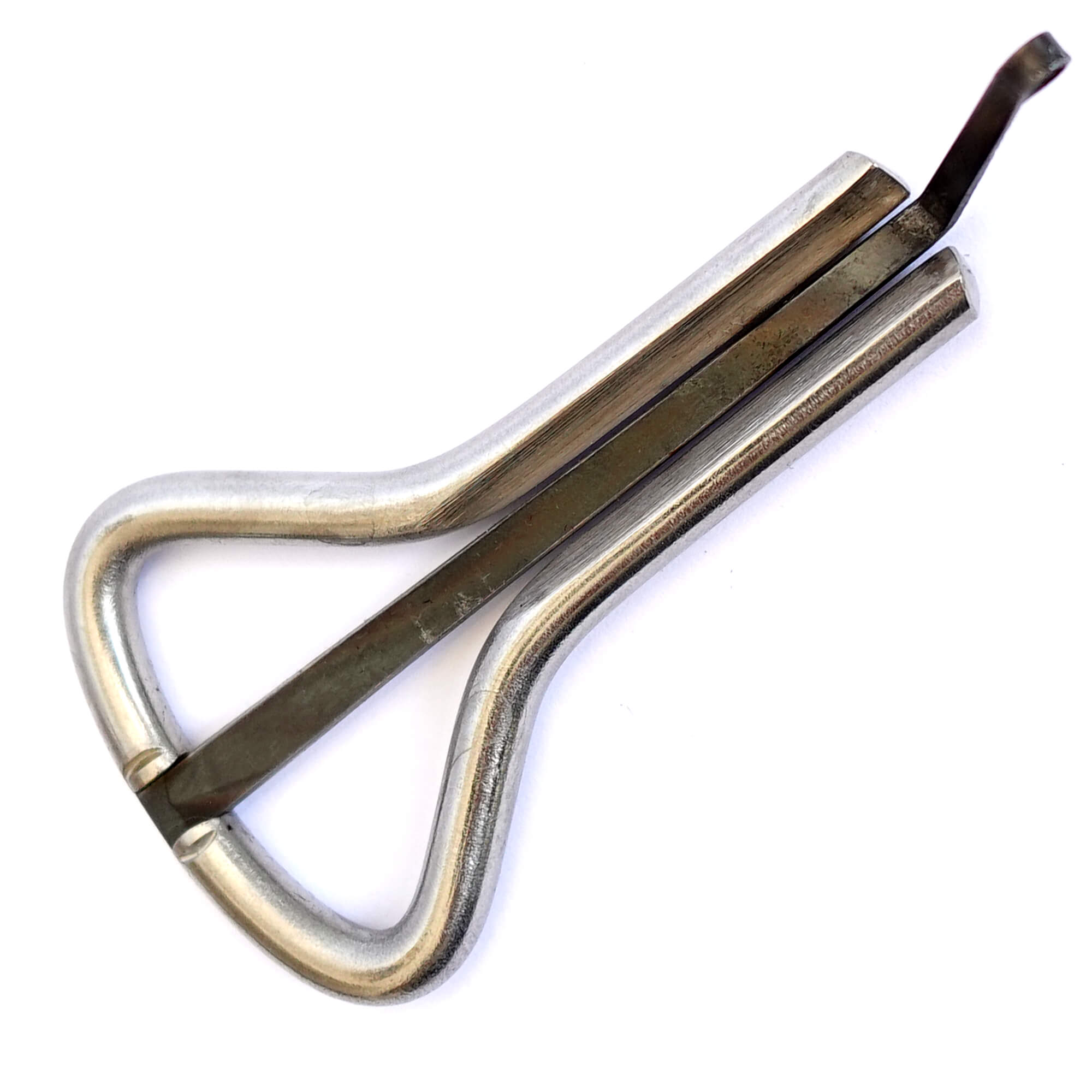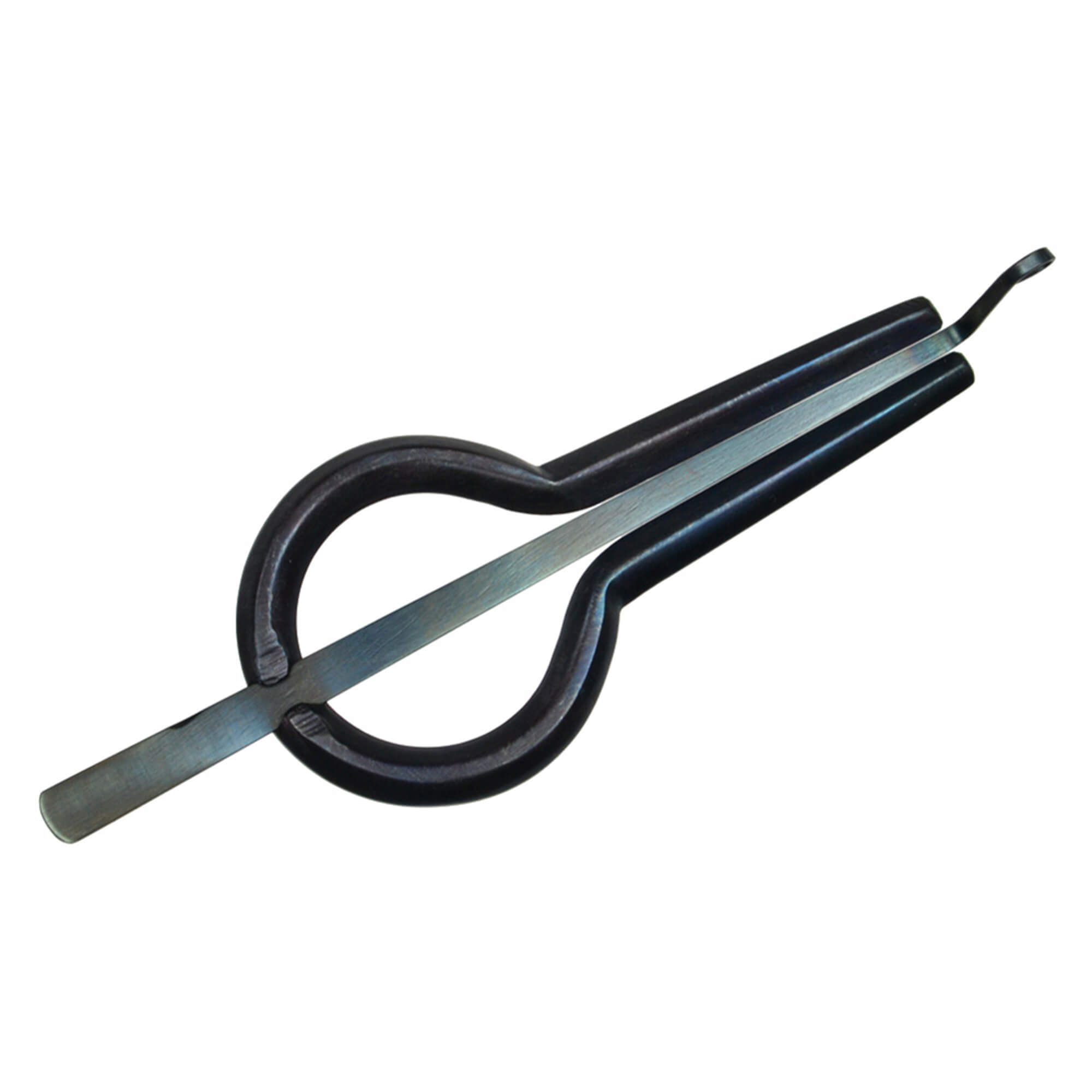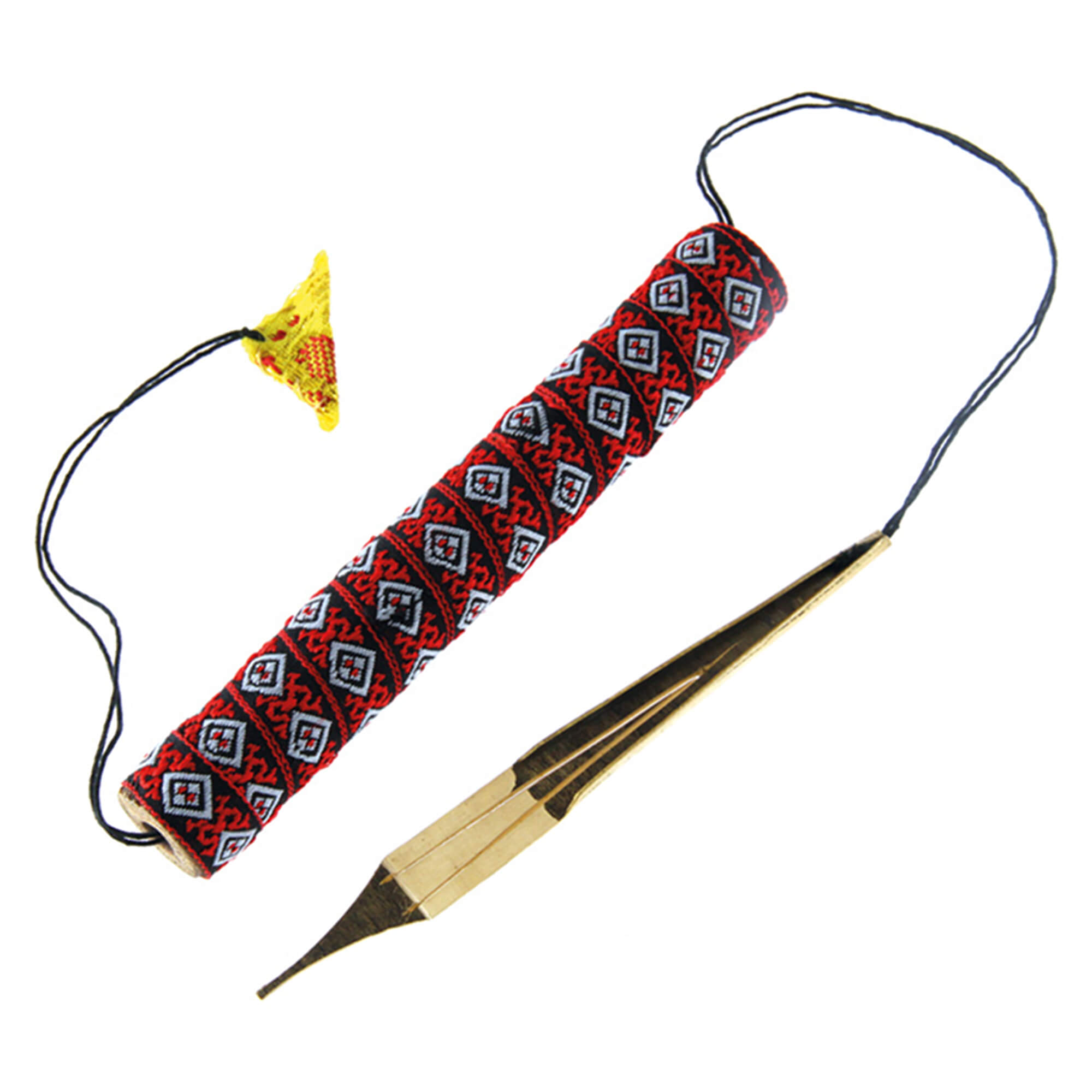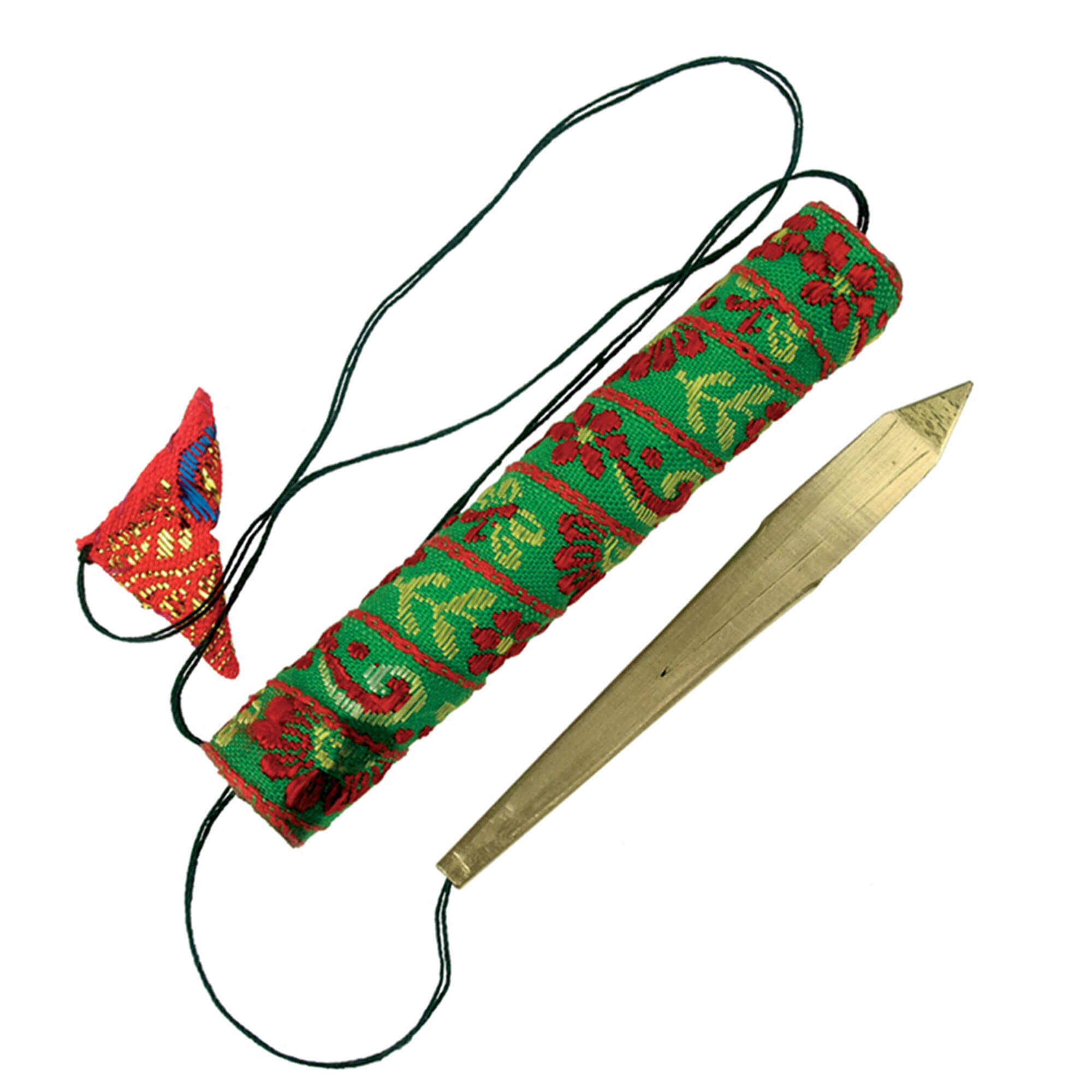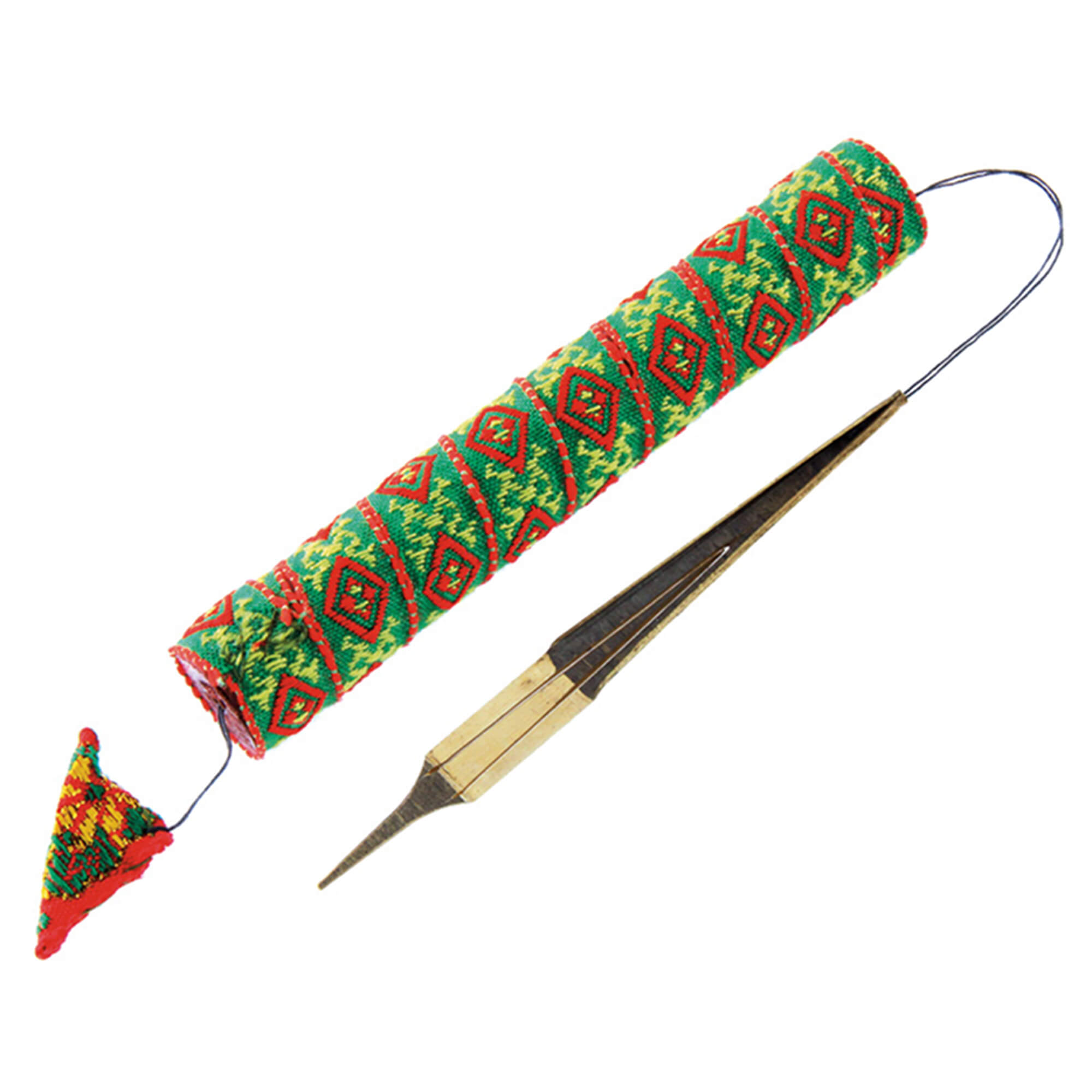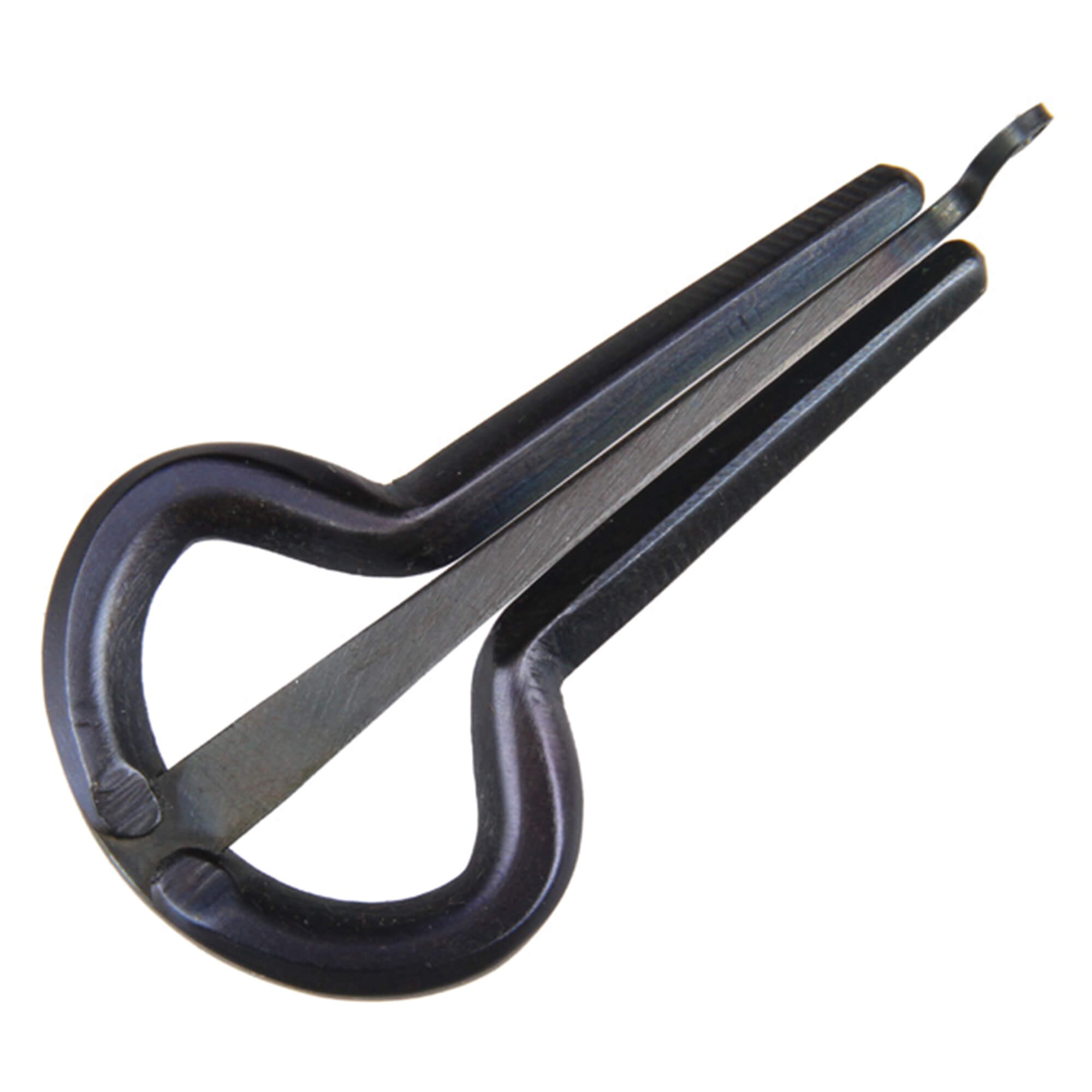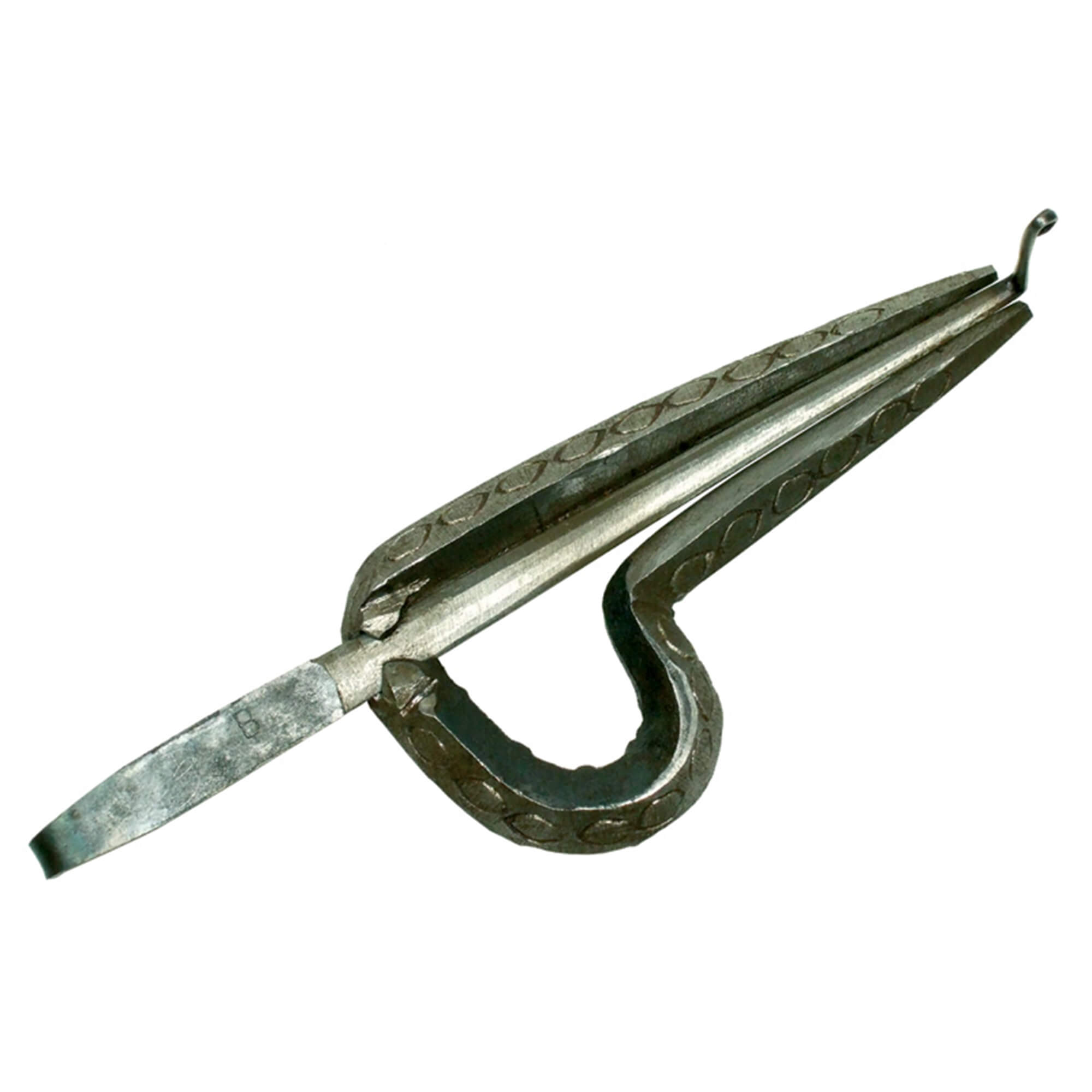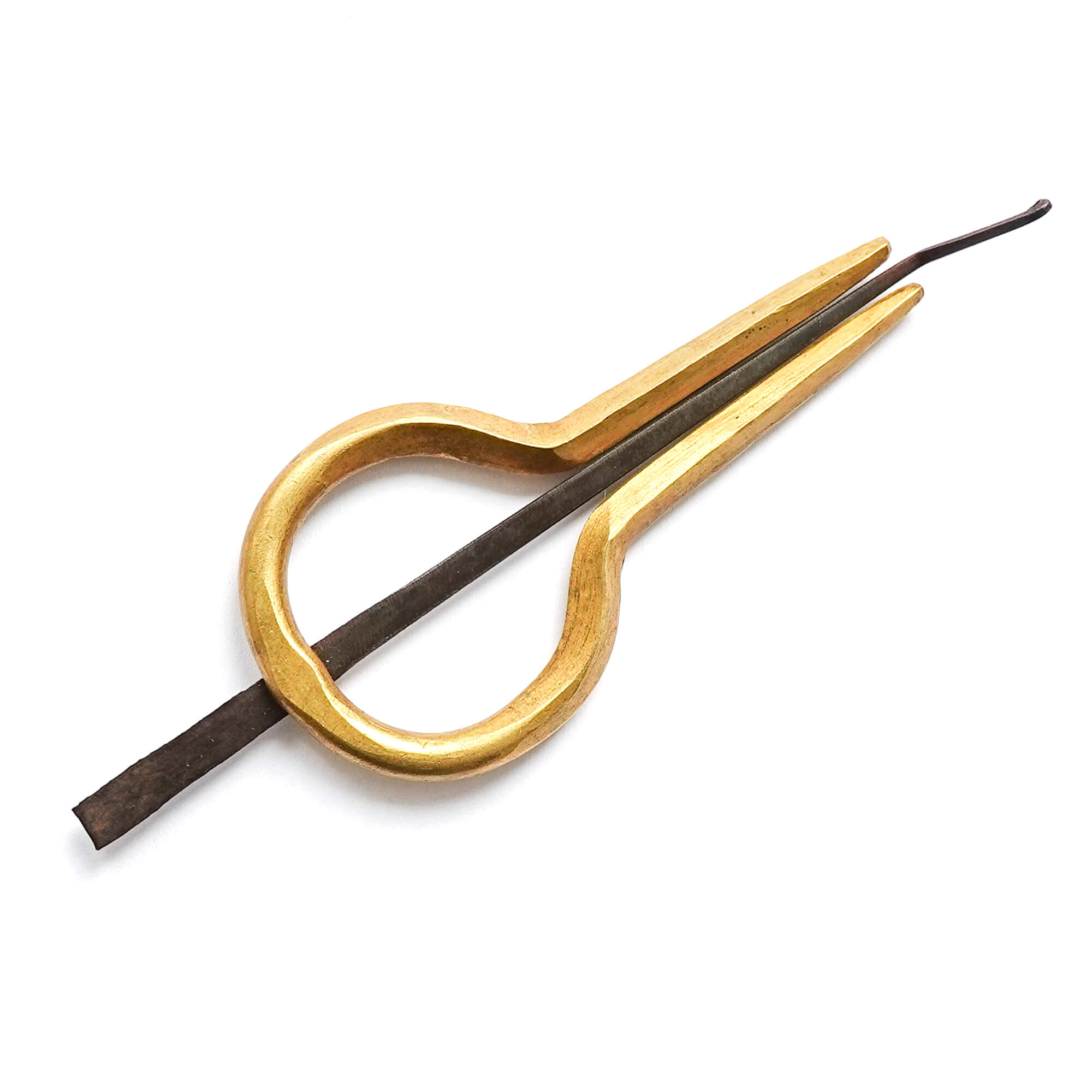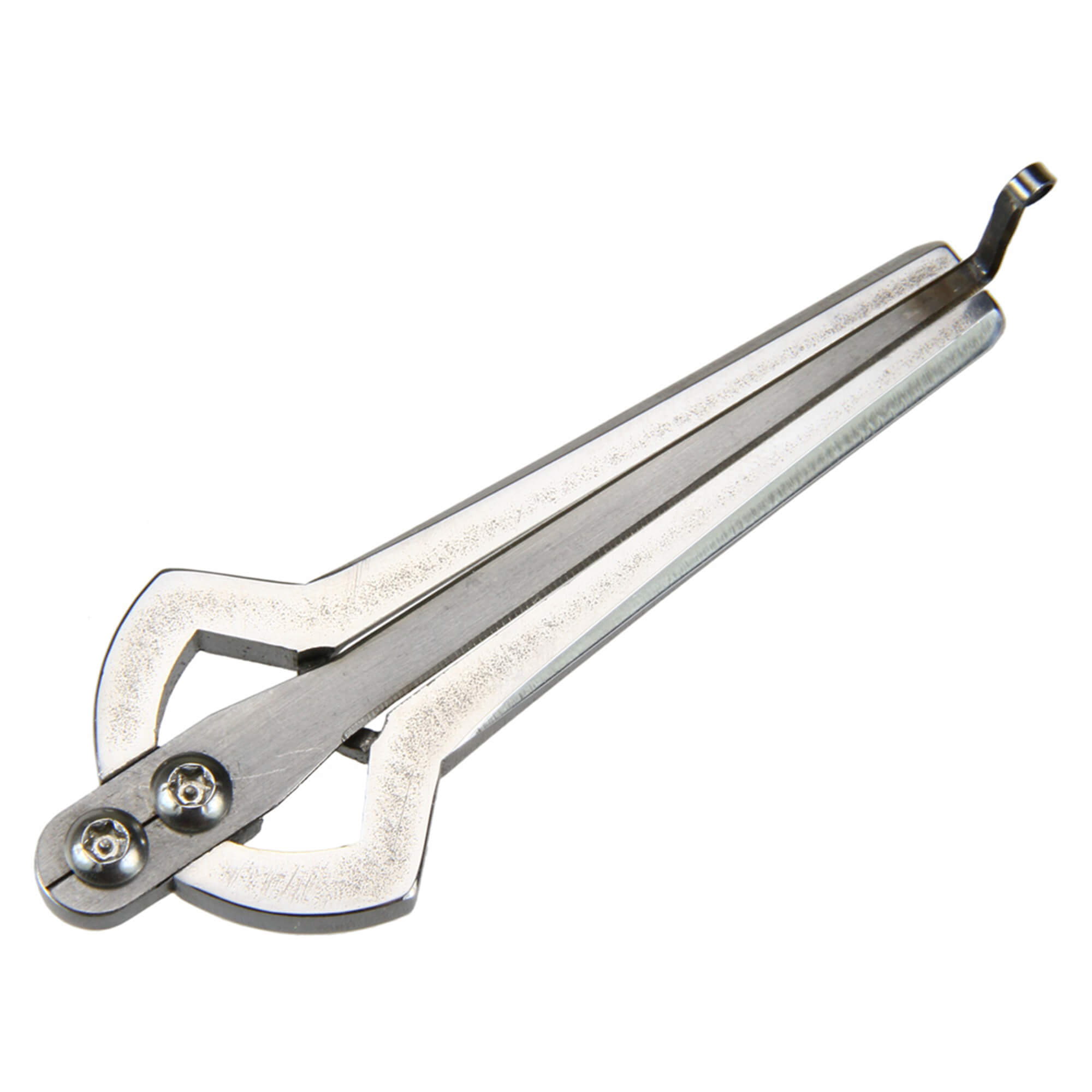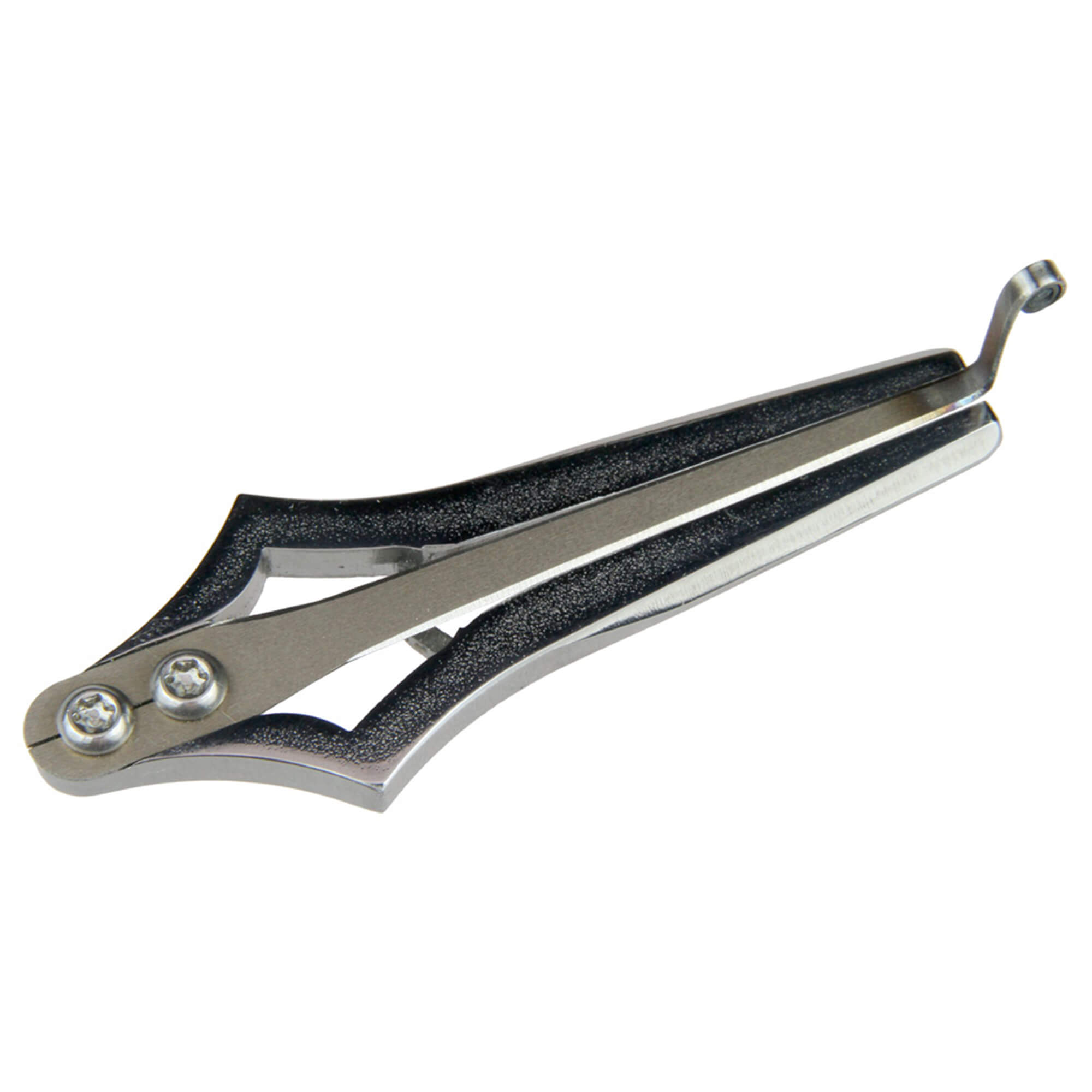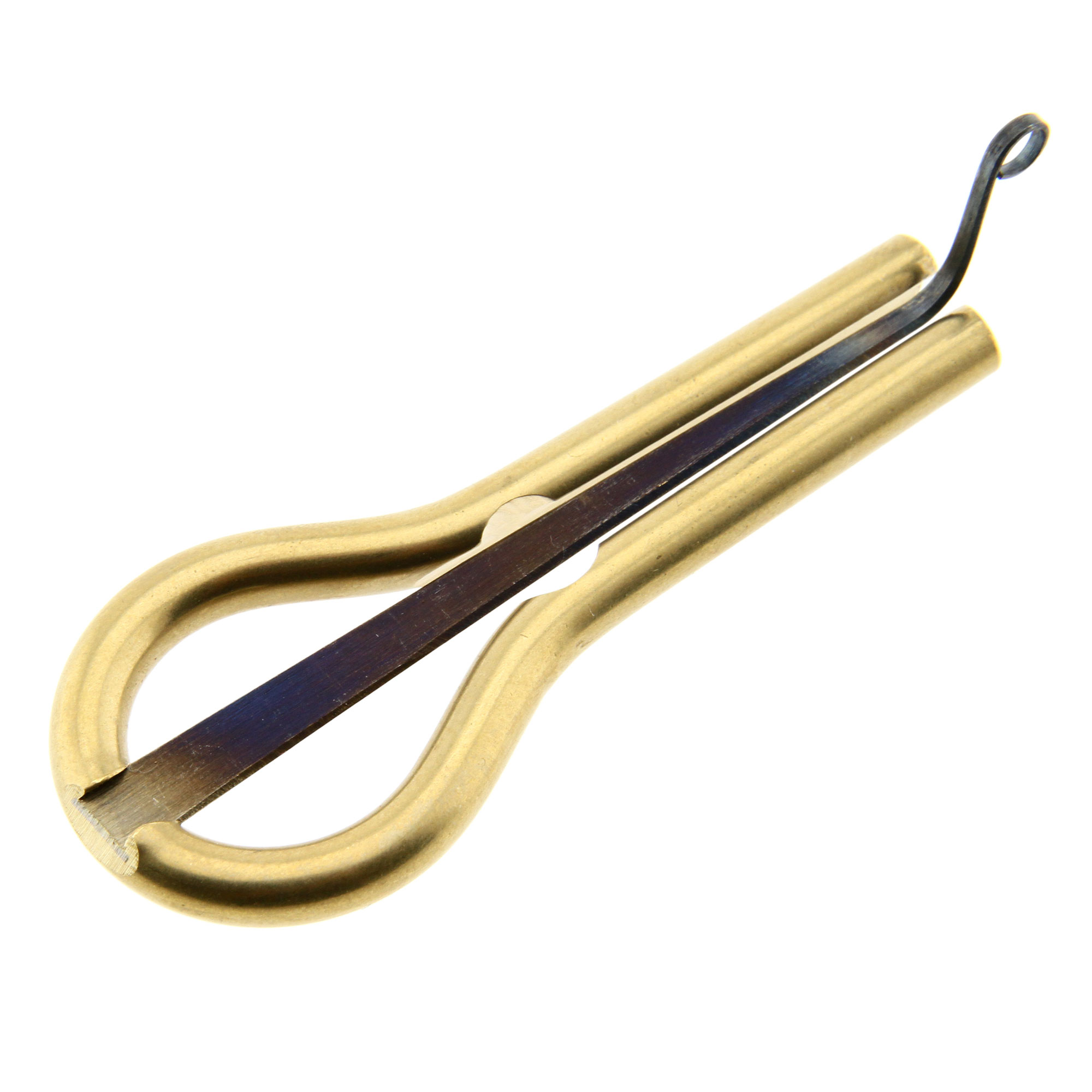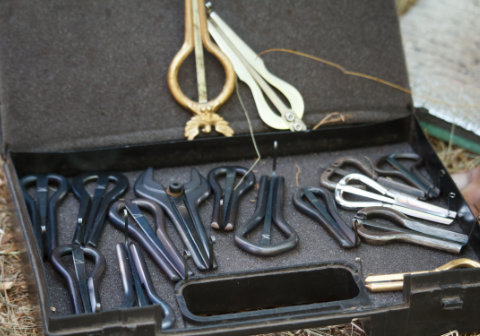
Jaw Harps
Shamanic Instrument with a Unique Sound
The jaw harp is one of the oldest and most fascinating musical instruments in the world. Its unique, vibrating sound is created by vibrations in the oral cavity – a sound that captivates musicians and spiritual practitioners alike. The characteristic jaw harp sound has an effect that is rhythmic, meditative, and trance-like all at once. In many cultures, the jaw harp is considered a powerful shamanic instrument for rituals, trance journeys, meditation, and inner reflection.
Despite its simple form, the jaw harp offers a surprisingly wide range of sounds. The oral cavity acts as a resonating body – you can intuitively shape pitch, rhythm, and expression with your breath, tongue, and subtle mouth movements. Whether you use the jaw harp to enhance concentration, in spiritual settings, or for free music-making, this instrument combines simplicity with depth and brings body, mind, and sound into harmony.
Discover our selection of jaw harps now and order directly online!
Jaw Harp Manufacturers – Craftsmanship for Authentic Sound
When buying a jaw harp, purity of sound, material selection, and construction are crucial. That's why our instruments come exclusively from experienced jaw harp manufacturers who rely on decades of tradition and artisanal sensitivity.
Whether from the Czech Republic, India, or Russia, each jaw harp is carefully handcrafted, finely tuned, and tested for its sound quality. The result is durable, musically expressive instruments with clear tonal response, good vibration transmission, and pleasant playability.
This quality makes our jaw harps the ideal choice – for musical experiments, spiritual rituals, or intuitive play with sound and breath.
Origin and History of the Shamanic Jaw Harp
The shamanic jaw harp is an ancient instrument, thousands of years old, with roots in various Eurasian and North Asian cultures. People have been using tongue instruments, considered precursors to today's jaw harp, since the Stone Age. Especially in Siberian, Mongolian, and other indigenous shamanic traditions, the jaw harp continues to hold significant ritual importance.
The shamanic jaw harp has always been used in ceremonies, healing rituals, and trance journeys to promote spiritual states with its characteristic sound. Besides its use in folk music, it is therefore also popular worldwide in spiritual and therapeutic contexts.
Jaw Harp Songs – Experiencing Versatile Sound
The jaw harp opens up a wide spectrum of musical expression – from traditional jaw harp songs to experimental soundscapes. Its rhythmic precision and tonal versatility make it ideal for accompanying traditional melodies as well as for free improvisations and creative compositions.
This creates a form of playing that is particularly direct, individual, and lively. Thus, the jaw harp becomes a personal sound instrument for rituals, sound journeys, and creative music-making practice that is deeply rooted in tradition while also being open to new avenues.
Discover More Shamanic Musical Instruments
Expand your sound spectrum with more shamanic musical instruments. In addition to the jaw harp, you'll also find shaman drums, rattles, and singing bowls with us – all instruments with spiritual depth and sonic versatility.
They are ideal for meditation, ceremonies, or creative sound work.
Answers to Your Questions
Is playing the jaw harp difficult?
No – playing the jaw harp is surprisingly easy to learn. After a short practice period, many players develop a good feel for using the tongue, breath, and oral cavity. The challenge lies less in technique and more in a subtle sense for resonance and rhythm. This allows for a complex, trance-like sound with little effort.
How do you hold a jaw harp in your mouth?
The jaw harp is held gently against slightly parted lips or front teeth. It's important that the central reed can swing freely, so don't press it down too firmly. The sound is produced by plucking the reed and modulated by shaping the oral cavity. Even slight breathing movements significantly influence the sound design.

